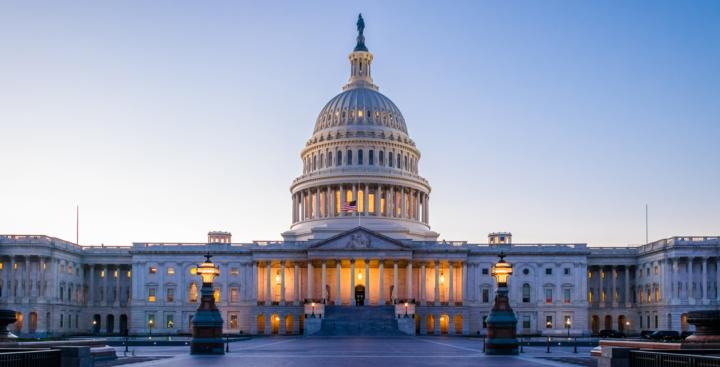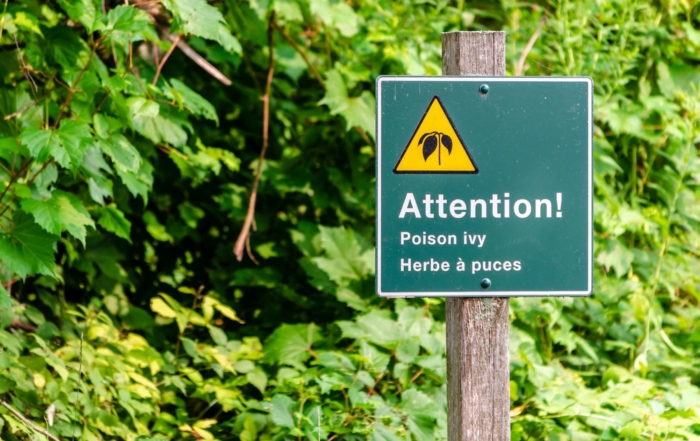The IRS has announced a two-year delay of the SECURE 2.0 Act’s Roth catch-up requirement, which was set to take effect on January 1, 2024. This means that higher-income employees who are currently eligible to make catch-up contributions to their retirement plans as either pre-tax or Roth contributions will be able to continue to do so for the 2024 and 2025 plan years. The requirement to make catch-up contributions as Roth contributions will not take effect until the 2026 plan year.
The SECURE 2.0 Act was passed in December 2021 and made a number of changes to retirement savings laws. One of these changes was to require higher-income employees to make catch-up contributions to their retirement plans as Roth contributions. This change was intended to encourage higher-income earners to save for retirement in a tax-advantaged way, even after they have already reached the income limits for traditional IRA contributions.
The IRS’s decision to delay the implementation of this requirement was met with relief by many employers and retirement plan sponsors. They had expressed concerns about the administrative burden of implementing the change in such a short timeframe. The delay will give them more time to prepare for the change and to educate their employees about the new rules.
The IRS’s decision to delay the implementation of the Roth catch-up requirement is a positive development for many people. It will give them more time to prepare for the change and to make the best decision for their retirement savings.
Here are some additional things to keep in mind about the new Roth catch-up rules:
- The income limit for making catch-up contributions is $145,000 for single filers and $215,000 for married couples filing jointly.
- The maximum amount that can be contributed as a catch-up contribution is $6,500 for those under age 50 and $13,000 for those age 50 or older.
- The new rules apply to all retirement plans that allow catch-up contributions, including 401(k) plans, 403(b) plans, and IRAs.
If you are a higher-income employee who is currently making catch-up contributions to your retirement plan, you should consult with a financial advisor to discuss the best approach for you.
Here are some of the factors that you may want to consider when making this decision:
- Your current tax bracket.
- Your expected tax bracket in retirement.
- Your investment goals.
- Your risk tolerance.
Please contact us today to learn more about NARFA programs and membership.
Recent Posts
Poison Ivy, Oak & Sumac Safety Guide for Landscaping, Construction, and Outdoor Workers
Why Construction and Outdoor Workers Need to Know About Poison Plants The CDC reports that 80-90% of adults develop rashes from poison ivy exposure, and [...]
Multi-State Business Operations: Insurance and Compliance Strategies for Growing New Hampshire Auto Companies
Picture a successful New Hampshire automotive dealership that starts with a single location in Manchester. Over time, they expand their service territory, hire employees who [...]
Revolutionary HSA Changes in the 2025 Budget Bill: Your Complete Guide to Expanded Benefits
Introduction: A Game-Changer for Healthcare Financial Planning The 2025 federal budget reconciliation bill, recently passed by the House, introduces the most significant expansions to Health [...]




